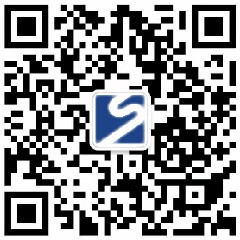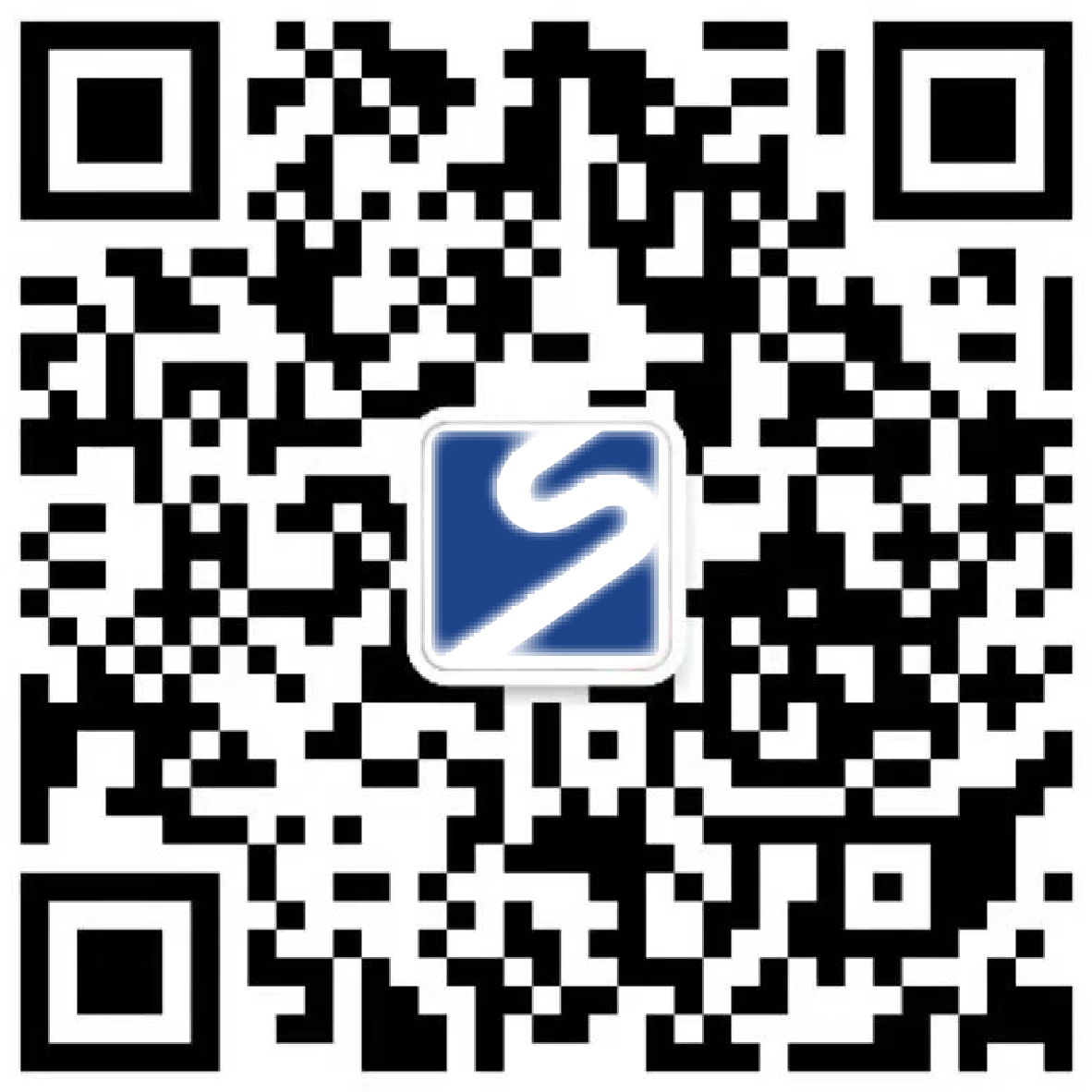Efficient closed loop of product brochure design and production: the golden triangle of customers, customer service and designers
In our team, we have always believed in one thing: an excellent product brochure, from conception to final hands of customers, is not just the result of hard work of designers. It's more like a well-arranged relay race. Customers, customer service, designers-every stick is crucial. Only with tacit cooperation can we run the fastest speed and hand over the best works. Today, let's talk about this efficient collaborative closed loop that makes design and production truly "silky"!
Pain point: The "communication pit" we stepped on in those years
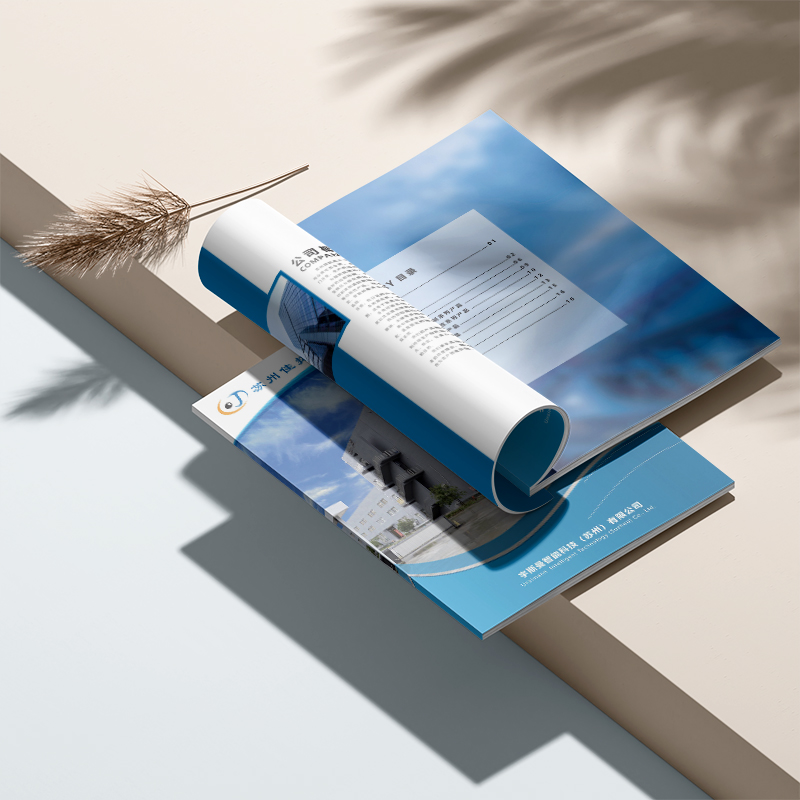
Think about traditional processes:
Customer confusion: How to give information? Which ones? Where is the design direction? There are so many things that I don't know where to start.
Customer service message: running back and forth between customers and designers, information is like a "mouthpiece" game, and it changes its flavor as it is passed on. When the designer asks for a high-definition picture, the customer service may only say "the customer sent the picture", but the picture is too small to see clearly.
The designer collapsed: I just wanted to meditate on my creation, but the customer service transferred the fragments of the customer's scattered needs; When the first draft comes out, the detail adjustment requires repeated messages from customer service, and it takes half a day to adjust a color. Valuable creative time is eaten up by communication costs.
Production worries: The design draft is beautiful, but when it comes to printing, it is found that the process can't be realized or the cost soars, and it has to be called back for revision, which delays the delivery date.
Results? The cycle is prolonged, the cost is increased, and the effect is discounted. Everyone is very tired! The core of the problem lies in role misalignment and process inefficiency.
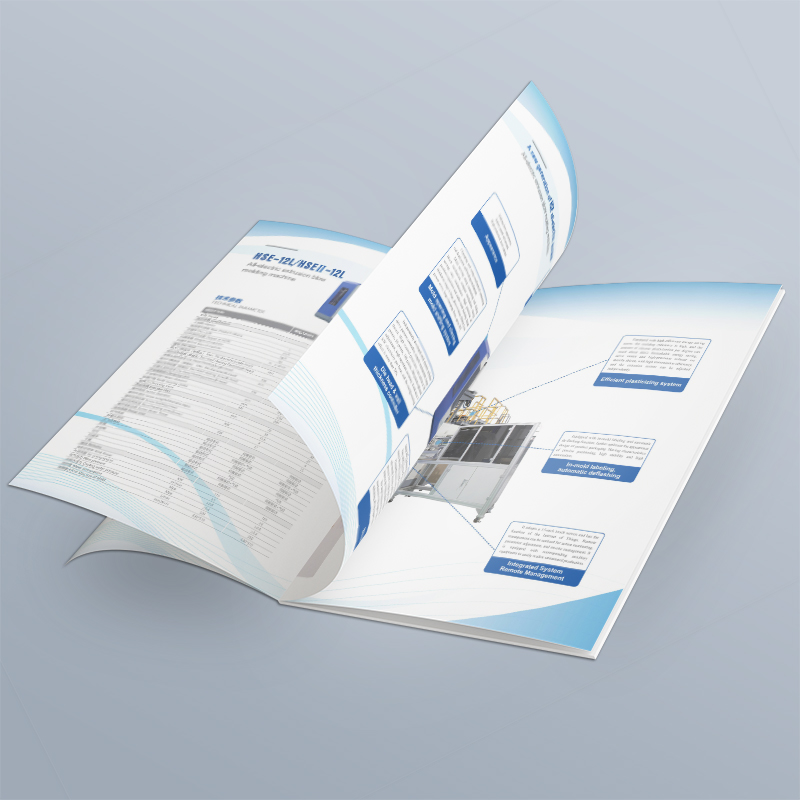
Solution: Create an efficient closed loop of the "golden triangle"
How to break it? The core is clear division of labor, precise relay, and stage collaboration:
[Start] Customer service: lay a solid foundation (save designer time)
Customer service is a "demand translator": professional customers use a language that customers can understand, and guide customers to sort out core demands, target audiences, product highlights, and necessary content (text and pictures). It is not passive recording, but active mining and structured collation.
Customers are "data providers": under the clear guidance of customer service, we focus on providing high-quality first drafts of copywriting, high-definition product pictures, brand VI specifications, etc. Customer service checks data integrity and basic format requirements (such as image resolution) in advance to avoid invalid documents occupying design resources.
Results: A clear, complete and preliminarily organized "Brochure Requirements Briefing Package", delivered directly to the designer. What the designer gets is no longer fragment information, but "ammunition" that can be directly started.
[Sprint] Designer: Focus on creativity and first draft (efficient output)
Designers are "creative engines": based on clear briefing packages, designers can devote themselves wholeheartedly to creative ideas, layout design and visual presentation. Without being disturbed by scattered consultations, efficiency and quality will naturally improve.
Incorporate "production thinking": Excellent designers consider post-production (printing process, materials, binding methods) at the beginning of design to ensure that the design draft is not only "good-looking", but also "capable", "easy to do" and "good results". This step is crucial!
Results: The first draft design proposal (including key page effects) with clear structure, visually prominent and production feasibility.
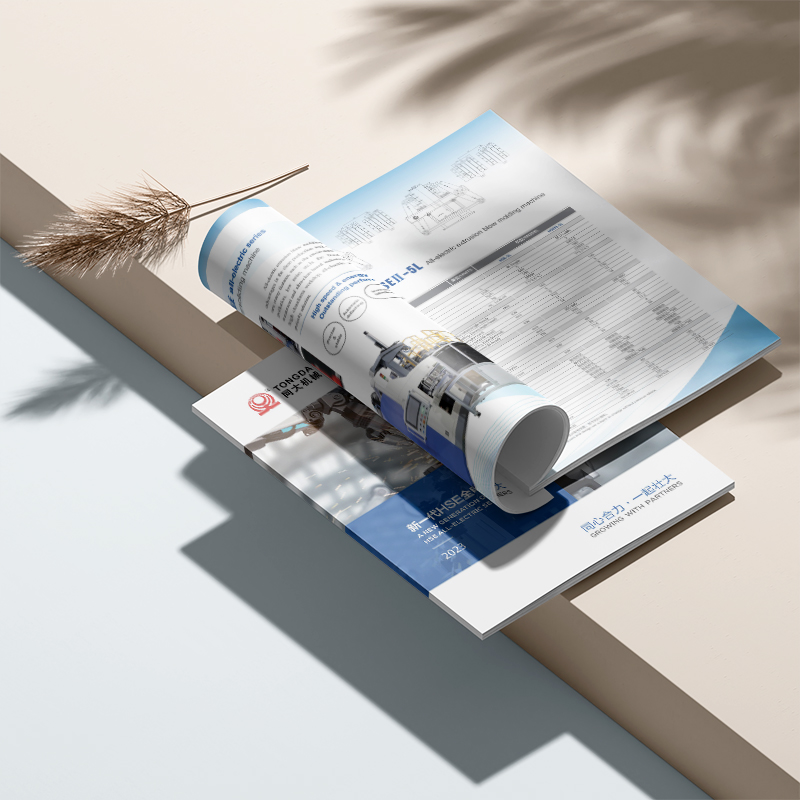
[Decisive victory] Designer customers: accurately polish details (save customer service time)
The designer is the "scheme explainer": the designer directly presents the proposal to the customer, explaining the design ideas, how to reflect the core demands, and the consideration of the production process. Customers can understand the design intent at the first time.
The customer is the "final decision maker": Based on the intuitive first draft and the professional explanation of the designer, the customer can focus more efficiently on the core feedback: brand tonality, right? Is the product focused? Is the information transmitted accurately? Detail adjustment requirements (such as replacement of a certain picture, fine-tuning of a certain copy, and a certain color preference) are confirmed by the customer directly communicating with the designer.
Customer service role: At this time, customer service retreats to the "support position", is responsible for coordinating meetings, recording the modification points of final confirmation (archived for future reference), and no longer undertakes the transmission of core information. Release customer service energy to serve new customers!
Results: The final confirmation draft agreed by both parties, with details in one step to avoid repetition.
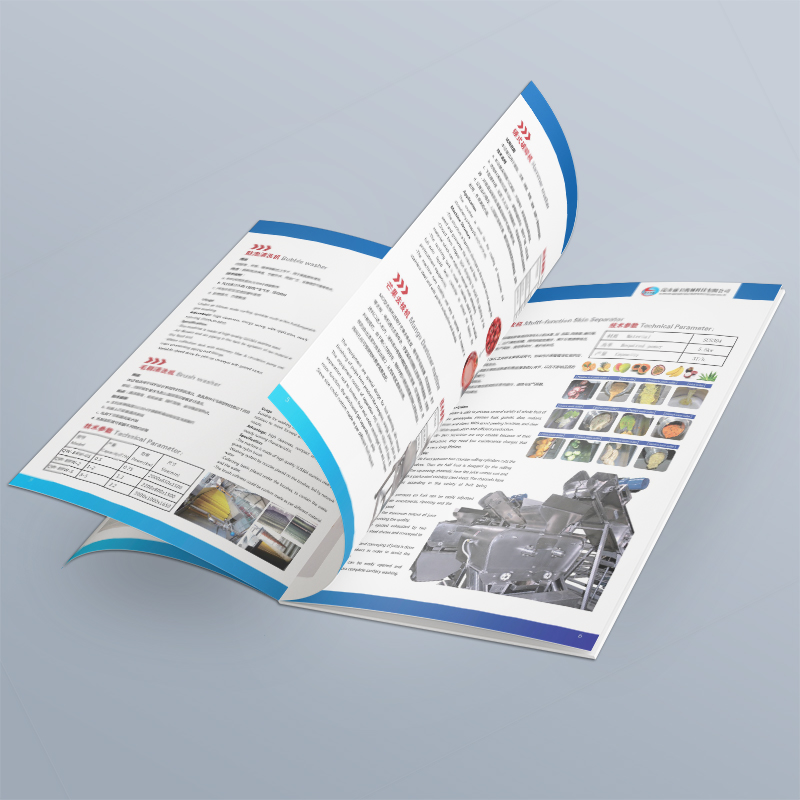
[Delivery] Seamless connection between design and production
The confirmation draft enters the production process. Designers or professional producers (sometimes the designer team also knows how to produce) will handle the documents according to the printing requirements (bleeding, twisting, color mode, etc.), and closely connect with the printing factory to supervise the proofing, confirm the effect of the finished product, and ensure that the design is perfectly implemented into real things.
Customer Service/Project Manager: Monitor process progress as a whole to ensure on-time delivery to customers.
The power of closed loop: a win-win situation for efficiency and quality
The key to this closed loop is to let professionals do what they do best at the right time:
Customer peace of mind: There is clear guidance from customer service in the early stage, and details are finalized directly with designers in the later stage, making communication smoother and more efficient.
Efficient customer service: liberated from the complicated "mouthpiece" work, focusing on early demand mining, process coordination and customer relationship maintenance, which is of greater value.
Designer focus: precious creative time is not cut by fragmented communication, there is clear input in the early stage, and key decisions are directly connected in the later stage, and design quality and efficiency soar.
Production guarantee: "Production thinking" runs through the design to ensure that the plan is feasible, the finished product effect is controllable, and the risk of later rework is reduced.
Overall project: The cycle is significantly shortened, the communication cost is significantly reduced, the quality of finished products is more guaranteed, and customer satisfaction is improved.
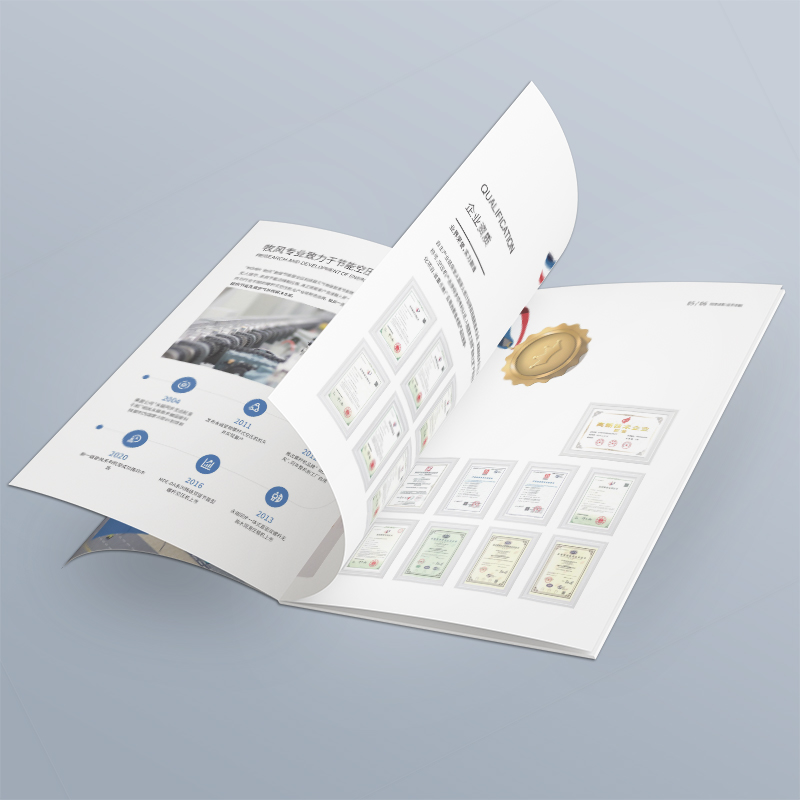
How to open your efficient closed loop?
Clarify internal roles and processes: Clearly define the core responsibilities and handover nodes of customer service and designers at each stage, and form standard operating procedures (SOPs).
Empowering customer service: Train customer service to master basic design and printing knowledge, and improve demand guidance and data pre-review capabilities. Provide structured requirements collection templates and data requirements checklists.
Pre-designer participation (optional): After the customer service completes the preliminary needs sorting out, the designer can be arranged to participate for a short time to quickly align the core creative direction with the customer service and customers (if necessary) to reduce the risk of major changes in the later stage.
Make good use of collaboration tools: Use online shared documents (such as Tencent Documents) to manage requirements briefings and copywriting; Establish an efficient instant communication group (such as corporate WeChat and DingTalk), but strictly limit the communication topics and stages within the group.
Establish a "production mind" culture: Encourage designers to understand the printing process and maintain good communication with production suppliers. Include production feasibility assessment in design review.
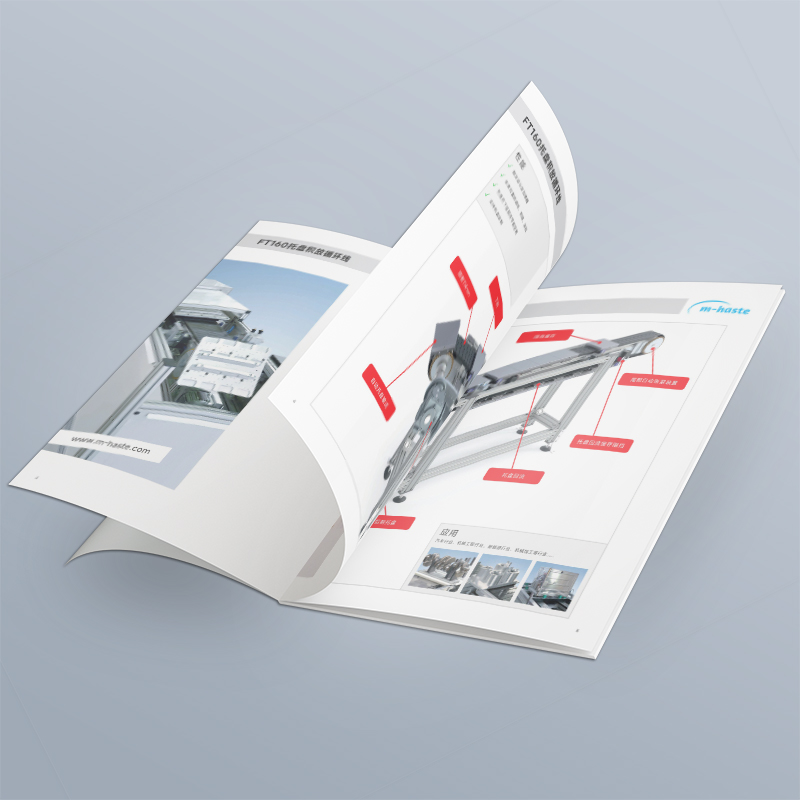
Let the designed and made gears engage perfectly
A successfulProduct brochure design and production, is the crystallization of strategy, creativity and craftsmanship. The key to achieving high efficiency lies in breaking down role barriers and building a "golden triangle" in which customers, customer service and designers work closely together. In the early stage, customer service and customers work together to lay a good foundation, so that designers can "hold back big moves" without distractions; In the later stage, the designer accurately connects with the customer, so that the detail adjustment no longer "falls off the chain". This interlocking and efficient closed loop not only saves valuable time and cost, but also releases professional energy, and finally conveys the value of your products to the world clearly, powerfully and with high quality through that exquisite booklet. When customers, customer service and designers work together like precise gears, the design and production of product brochures is no longer a tedious task, but a powerful engine driving brand success-efficient, worry-free and brilliant, which is the value core promised by our professional team for you.

